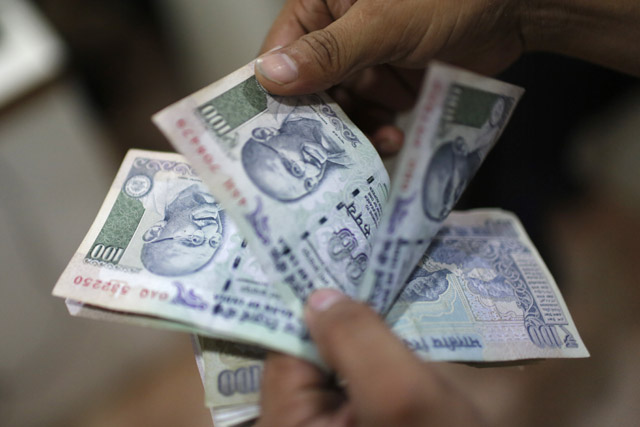Even as a new legislation empowers the Securities and exchange board of India (Sebi) to tighten its grip over entities running ponzi schemes above Rs 100 crore, such regulations could help only to cure the symptoms, experts said.
“The actual problem relates to the factors that attract common man to illegal financiers, they say. The real solution (to the problem of illegal finance market) should come from the macro level,” said Abizer Diwanji, partner, financial services at EY India.
Presently, the returns on savings offered by formal financial institutions such as banks on most products are negative if adjusted to inflation. This prompts a large section of savers/investors approach informal lenders to seek higher returns despite their high-risk nature.
“Empowering Sebi is a step in the right direction. But the larger issue is as long as the formal financial system fails to offer meaningful returns on the savings, people are going to get attracted to higher yield products offered by the informal financiers,” Diwanji said.
The growth in the size of the informal finance market has been rapid. The industry doesn’t confine to illegal deposit-taking activity but comprises a huge, thriving private money lending market that almost act parallel to the deposit taking activity.
There is no actual estimate of the informal finance market in India. But, according to various industry estimates, the unregulated chit fund market in the country alone works out to be about Rs30 lakh crore, or about 40 percent of the total deposits given by Indian banks till date.
That is a conservative estimate, with the actual amount could be even higher.
According to a report in Mint, there are over 30,000 registered chit funds alone in India, which are regulated by state registrars under the 1982 Chit Funds Act, but many states do not have a mechanism to effectively regulate such firms.
Then there are several deposit schemes operating under various names that seek to mobilize savings and a huge market for private money lenders, where individuals and illegal or unregistered entities offer funds to public against their pledged collateral charging high rate of interest.
Total loans given by Indian banks till 25 July stood at Rs61 lakh crore and the deposits about Rs80 lakh crore.
Let’s be clear: Informal finance market is not a bad word. Such schemes have acted as source of emergency liquidity to millions of poor.
If one goes by the volume of informal deposit schemes such as chit funds, majority will come under below Rs100 crore bar set by the Sebi Bill, but they constitute the most in terms of number.
While the new legislation empowers market-regulator to go after the bigger companies, the smaller ones, which constitute the majority in number, do get away.
Even if Sebi, or for that matter, the Reserve Bank of India are given powers to regulate smaller companies, it is difficult to do so in the absence of adequate machinery and infrastructure.
The poor go informal money lender for mainly two reasons.
One, faster processing time compared with the formal financial institutions such as commercial banks and easier know your customer norms (KYC). When it comes to the savings / investment products, the higher returns offered by informal financiers act as tempting factor to the saver, despite the high risk nature of such establishments. Many of them are fly-by-night operators.
“You cannot kill the informal market only with the power of regulations,” said a senior banking industry official, on condition of anonymity.
“Regulations can punish the wrongdoers in the financial system, but they can’t convince a saver to move to formal financial institutions unless his bank can offer him meaningful returns on savings,” the banker said.


)
)
)
)
)
)
)
)
)



